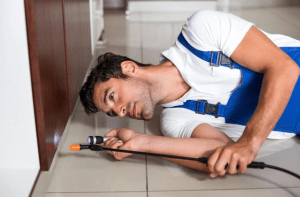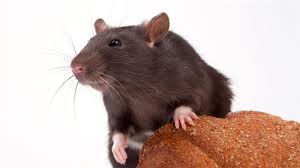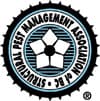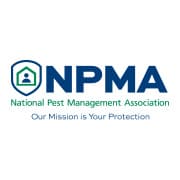How to Seal Entry Points and Stop Rats Getting In
Rats are resourceful creatures that can find their way into homes through the smallest gaps and cracks. Once inside, they chew through wires, contaminate food, and create unsanitary conditions that can quickly turn into a costly problem. Prevention is always better than cure, and the key to keeping your home protected is to make it as inaccessible as possible to rodents.
If you’ve noticed scratching noises, droppings, or gnaw marks around your property, it’s time to take action. Professional rat pest control Leicester specialists often find that most infestations start from unsealed openings around pipes, vents, or damaged brickwork. Identifying and sealing these entry points early can stop rats before they take hold — saving you time, money, and stress in the long run.
Inspect Your Property Thoroughly
 Start by carrying out a slow, detailed inspection both inside and outside your property. Focus on hidden corners, under kitchen units, loft spaces, garages, and the perimeter of your home. Rats often leave clues such as dark grease marks, footprints, droppings, or a faint ammonia smell near their regular routes. Look closely at areas where cables, water pipes, or gas lines enter your walls, as these are often used as ready-made tunnels.
Start by carrying out a slow, detailed inspection both inside and outside your property. Focus on hidden corners, under kitchen units, loft spaces, garages, and the perimeter of your home. Rats often leave clues such as dark grease marks, footprints, droppings, or a faint ammonia smell near their regular routes. Look closely at areas where cables, water pipes, or gas lines enter your walls, as these are often used as ready-made tunnels.
Use a bright torch and mirror to check under appliances, behind skirting boards, and around air bricks. Once you’ve identified problem areas, make a note or take pictures so you can address each one methodically.
Seal Gaps Around Pipes and Cables
Utility openings are one of the most common entry routes for rats. They’ll often chew through loose mortar or foam around pipework to enlarge a hole and gain access indoors. To block these gaps, fill them with coarse steel wool or wire mesh first, then seal with strong cement or a rodent-resistant sealant. Avoid using regular expanding foam alone — rats can gnaw straight through it within hours.
If pipes pass through cavity walls, check both the internal and external sides. Even a small, unsealed edge on the inside can let rats climb through from the wall void into your kitchen or bathroom.
Protect Air Bricks and Vents
Air bricks are vital for ventilation, but they’re also an easy doorway for rodents. Fit stainless steel mesh covers or ready-made pest-proof vent guards to maintain airflow while keeping rats out. Make sure the mesh holes are no larger than 5mm and that the fixings are flush against the wall, as any loose corner can become an access point.
Regularly clear leaves, cobwebs, or debris from these vents to ensure proper airflow. If your air bricks are damaged or crumbling, it’s worth replacing them entirely rather than trying to patch over weak spots.
Reinforce Doors, Garages, and Outbuildings
 Rats can squeeze under poorly fitted doors or through worn weather strips. Install metal kick plates along the bottom edges of doors and ensure rubber seals fit tightly. For garages, check that the main door sits flush with the ground and that side doors have no visible light seeping through gaps.
Rats can squeeze under poorly fitted doors or through worn weather strips. Install metal kick plates along the bottom edges of doors and ensure rubber seals fit tightly. For garages, check that the main door sits flush with the ground and that side doors have no visible light seeping through gaps.
Garden sheds, decking, and compost bins should also be checked regularly. These areas often provide shelter and easy nesting sites. Keep the ground clear and consider fitting fine mesh underneath decking to prevent burrowing.
Repair Walls, Roofs, and Drains
Cracked brickwork, damaged pointing, or missing roof tiles create ideal access routes. Repoint any gaps in mortar and seal cracks with strong filler or cement. Rats are skilled climbers, so don’t ignore higher areas like eaves, soffits, or roof flashing.
Old or broken drain covers are another weak point — a rat can travel up a sewer and emerge right through an open drainpipe. Fit rodent-proof covers or one-way valves to block access without restricting water flow.
Maintain Clean Surroundings
Even with every gap sealed, clutter and waste can attract rats to the perimeter of your property. Store food waste in sealed bins, keep pet food indoors, and clear fallen fruit or bird seed regularly. Cut back overgrown plants and maintain a tidy garden so there’s nowhere for rodents to hide or nest. A clean, well-maintained environment not only deters rats but also makes it easier to spot new activity quickly before it escalates.
Rats are persistent, but a well-sealed property is your best defence. Taking the time to close off every possible entry point will drastically reduce your risk of infestation. For persistent or recurring problems, it’s worth calling in local experts who can carry out a full inspection and proofing service.





